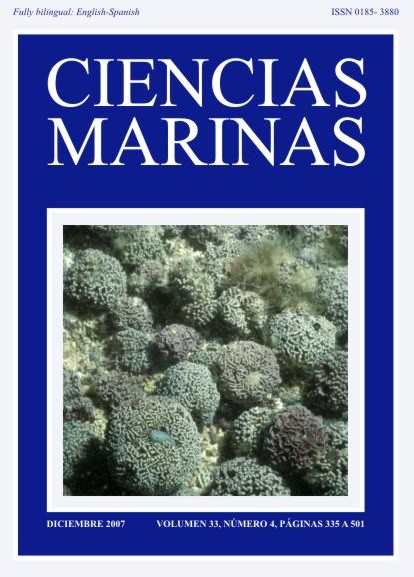Effects of salmon farming on benthic Crustacea
Main Article Content
Abstract
Scotland is the largest aquaculture producer in the European Union and utilizes almost all of its fjords for salmon culture. Recent UK policy has encouraged the movement of farm cages away from enclosed sites to areas with strong tidal flow because salmon farms are known to cause organic-enrichment of muddy substrata in areas with low tidal flow. This has resulted in a spate of applications to site cages over coralline algal gravel beds (termed maerl) that are usually strongly tidal and provide habitat for a diverse array of benthic Crustacea. In 2003 we studied the effects of farm waste on benthic crustaceans from a large salmon farm in Shetland that had been situated above a maerl bed since 1991. Annual monitoring reports showed a die-back of living maerl, periods of anoxia and an accumulation of organic material on the seabed within 25 m of the cages. Assessments of crustacean assemblages, quantified using 0.5-mm-sieved replicate (n = 5 per site) core samples, showed significant reductions in biodiversity near the farm. Some scavengers (e.g., the amphipod Socarnes erythrophthalmus) were far more abundant near the cages than at distances >75 m from the cages, but many small crustaceans (e.g., the tanaids Leptognathia breviremis, Typhlotanais microcheles and Psudoparatanais batei; the cumaceans Nannastacus unguiculatus, Cumella pygmaea and Vaunthompsonia cristata; and the amphipod Austrosyrrhoe fimbriatus) were impoverished near the cages. We found that benthic Crustacea were significantly impacted by the salmon farm, despite the presence of strong currents, probably due to the combined effects of organic wastes and the use of toxins to combat parasitic copepods. We recommend that "fallowing", whereby farm cages are moved between sites to allow benthic recovery, is not carried out at sites where long-lived biogenic habitats such as maerl occur because this will likely increase the area of habitat degradation.
Downloads
Article Details
This is an open access article distributed under a Creative Commons Attribution 4.0 License, which allows you to share and adapt the work, as long as you give appropriate credit to the original author(s) and the source, provide a link to the Creative Commons license, and indicate if changes were made. Figures, tables and other elements in the article are included in the article’s CC BY 4.0 license, unless otherwise indicated. The journal title is protected by copyrights and not subject to this license. Full license deed can be viewed here.

